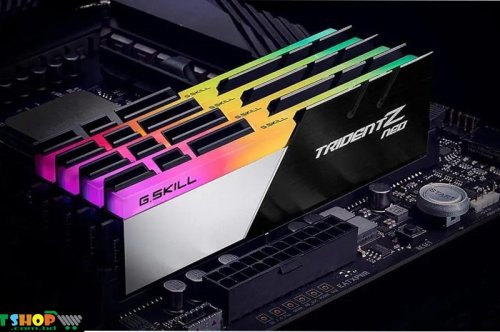How to remove CPU socket from motherboard

how to remove cpu socket from motherboard
If you like computers or are good with technology, you may have had to pull a CPU socket from a motherboard. Whether you want to upgrade your CPU, fix a hardware problem, or just try out different parts, you need to know how to remove a CPU socket the right way. In this detailed guide, we'll walk you through each step of the process, making sure that your move goes smoothly and safely.
Before we start, please keep in mind that handling delicate computer parts takes care, patience, and accuracy. Make sure to work in an area that is clean and free of static, and take your time to avoid any damage.
You'll need the following tools and gear:
- A set of screwdrivers
- Wristband that stops static
- Clean your work area.
- Rubbing alcohol and a lint-free cloth
- Cover for the CPU plug (if there is one)
- Thermal paste, if you're putting the CPU back in.
Step 1: Get ready
Make sure your computer is turned off and unplugged from the wall before you start the process. This step is very important for keeping you and your parts safe. Wearing an antistatic wrist strap will keep you from building up static electricity, which could damage gadgets.
Step 2: Open the case of the computer
Carefully open your computer case with a screwdriver. If you don't know how to do this, check the manual for your computer or look online for directions for your model.
Step 3: Find the socket for the CPU
Once the case is open, look on the motherboard for the CPU socket. Most of the time, it's a square or rectangular hole with a sliding cover. To get to it, you might have to take out the cooling system or any other parts that are in the way.
Step 4: Take the CPU Cooler off
If there is a CPU fan, gently remove it from the CPU by unscrewing the brackets or clips that hold it in place. Pay close attention to how it's connected, because you'll need to put it back together again later. Set the box down.
Step 5: Get the socket open.
Most CPU ports have a way for the CPU to be locked in place. Lift or unlatch this part carefully to free the CPU. To keep the pins from getting bent, you must do this slowly and carefully.
Step 6: Take the CPU out.
After unlocking the socket, carefully pull the CPU out of its socket. Don't touch the pins or any other sensitive parts. Instead, hold it by the edges. To avoid damage, put the CPU in an antistatic bag or on an antistatic surface.
Step 7: Clean the socket for the CPU.
It's important to clean the CPU socket before putting in a new CPU or putting the old one back in. Use rubbing alcohol and a lint-free cloth to carefully wipe away any thermal paste or dust. Before moving on, make sure the socket is fully dry.
Step 8: Replace the CPU Socket Cover if you want to
Some systems have a cover for the sockets to protect them. If you have one, you might want to put it over the empty socket when it's not being used to keep dust and other things out.
Step 9: Reinstall (if you have to)
Apply a small amount of high-quality thermal paste to the CPU's surface if you're putting it back in or getting a new one. Then, carefully put the CPU back into the socket, making sure that any notches or marks are in the right place. Put the CPU in place by lowering the latch on the socket.
Step 10: Put the CPU Cooler back on.
Carefully put the CPU cooler back on, making sure it touches the CPU all the way. Secure any screws, clamps, or clips, but don't tighten them too much. If you do, you could damage the CPU or motherboard.
Step 11: Put the computer back in its case
Once the CPU socket and cooler are back in place (if you had to take them out), close the computer case and screw it shut.
In the end
It might seem hard to remove a CPU socket from a motherboard, but if you follow these steps carefully and slowly, you can do it safely and successfully. Always put safety, cleaning, and the right way to handle components first. Every computer enthusiast should know how to remove and reinstall a CPU socket. This is useful whether you're updating your CPU or fixing a problem with a piece of hardware.










